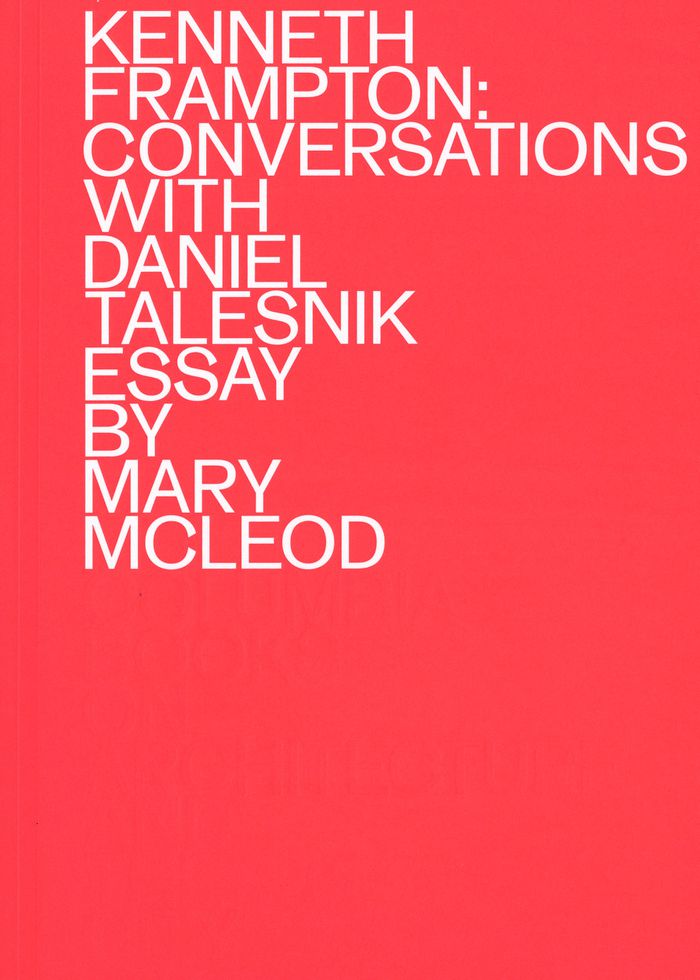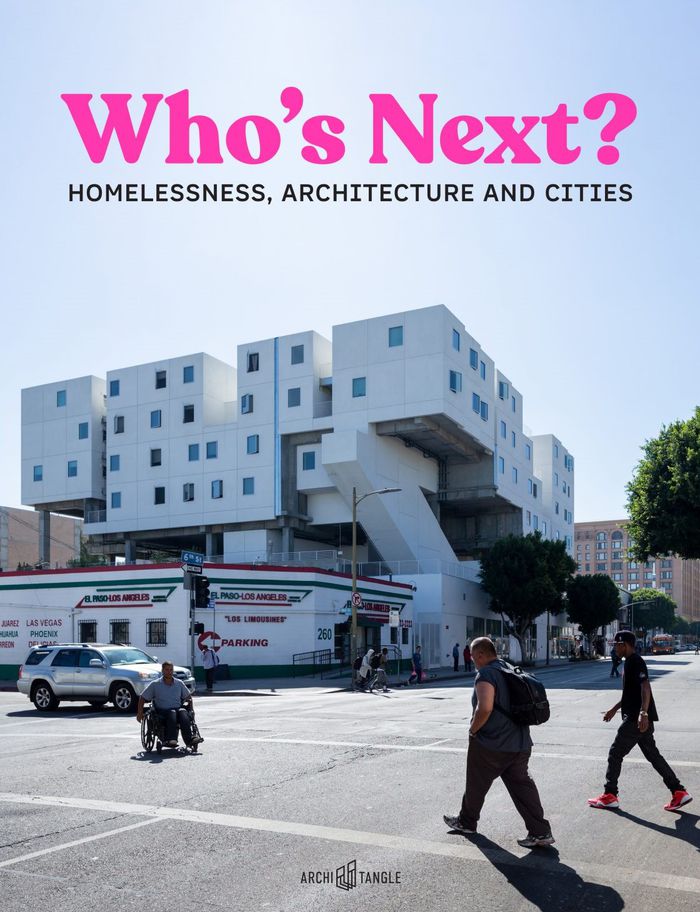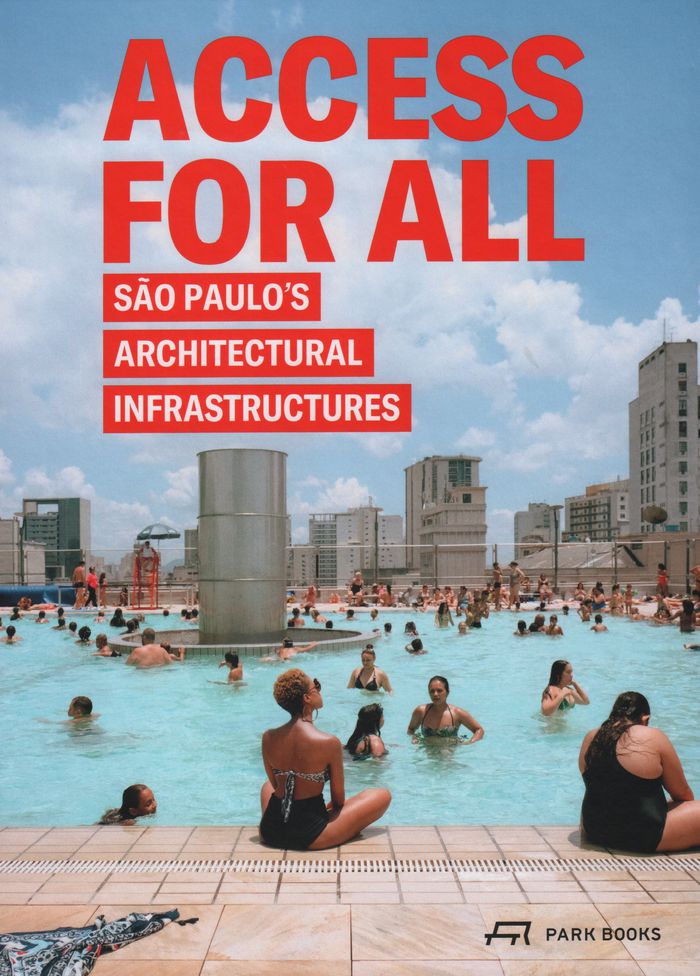$28.00
(disponible sur commande)
Résumé:
This book presents seven interviews with the architectural historian reflecting on the long arc of his rich and influential career in the discipline. Spanning Frampton’s early years as an architecture student at the Guildford School of Art to his nearly fifty years as a professor at Columbia University’s Graduate School of Architecture, Planning, and Preservation, the(...)
Kenneth Frampton: Conversations with Daniel Talesnik
Actions:
Prix:
$28.00
(disponible sur commande)
Résumé:
This book presents seven interviews with the architectural historian reflecting on the long arc of his rich and influential career in the discipline. Spanning Frampton’s early years as an architecture student at the Guildford School of Art to his nearly fifty years as a professor at Columbia University’s Graduate School of Architecture, Planning, and Preservation, the interviews trace not only the development and implications of his work but also the cultural, political, and discursive terrain surrounding it. Here Frampton outlines the formation of his seminal ideas of "critical regionalism" and "tectonic culture," and also ruminates on how he understands his own role as a writer on architecture. The book includes an essay by Mary McLeod, which takes stock of Frampton’s "criticality" and his enduring impact on architectural practice. As a whole, this volume is as much a portrait of a thinker as a record of the books, buildings, and ideas that have inspired such profound architectural thought.
Théorie de l’architecture
$85.00
(disponible sur commande)
Résumé:
Although architecture alone cannot solve the problem of homelessness, the question arises: What and which roles can it play? How can architecture collaborate with other disciplines in developing ways to permanently house those who do not have a home? This volume seeks to explore and understand a reality that involves the expertise of national, regional, and city agencies,(...)
Who's next: homelessness, architecture and cities
Actions:
Prix:
$85.00
(disponible sur commande)
Résumé:
Although architecture alone cannot solve the problem of homelessness, the question arises: What and which roles can it play? How can architecture collaborate with other disciplines in developing ways to permanently house those who do not have a home? This volume seeks to explore and understand a reality that involves the expertise of national, regional, and city agencies, nongovernmental organizations, health-care fields, and academic disciplines. Through scholarly essays, interviews, analyses of architectural case studies, and research on the historical and current situation in Los Angeles, Moscow, Mumbai, New York, São Paulo, San Francisco, Shanghai, and Tokyo, this book unfolds different entry points toward understanding homelessness and some of the many related problems. The publication accompanies the exhibition “Who’s Next” by the Architekturmuseum München in Munich, Germany.
L'humain et la ville
$63.95
(disponible sur commande)
Résumé:
One of the ten largest cities in the world, São Paulo faces huge challenges in urban infrastructure. Yet despite the daunting task of supporting a population of more than twenty million, the Brazilian metropolis has since the 1950s maintained a policy of public and private investment in communal infrastructure, thus providing inclusive places and spaces for all its(...)
février 2020
Access for all: Sao Paulo's architectural infrastructures
Actions:
Prix:
$63.95
(disponible sur commande)
Résumé:
One of the ten largest cities in the world, São Paulo faces huge challenges in urban infrastructure. Yet despite the daunting task of supporting a population of more than twenty million, the Brazilian metropolis has since the 1950s maintained a policy of public and private investment in communal infrastructure, thus providing inclusive places and spaces for all its population. While many cities emulate Bilbao and other destinations by funding signature buildings by celebrated architects to attract tourists, São Paulo consistently and persistently funds programs aimed at social sustainability for its permanent residents. 'Access for All' demonstrates how architecture and infrastructure can contribute to a city’s urban development in multiple ways. Featuring a selection of buildings and projects from across seven decades, it takes readers through the city’s distinctive approach to urban infrastructure. The featured spaces range from a simple canopy over a public park to spaces for education, health care, sports and culture, and more. Beyond serving a specific purpose, one of the key roles of these spaces is to be accessible places for people to spend time together.


